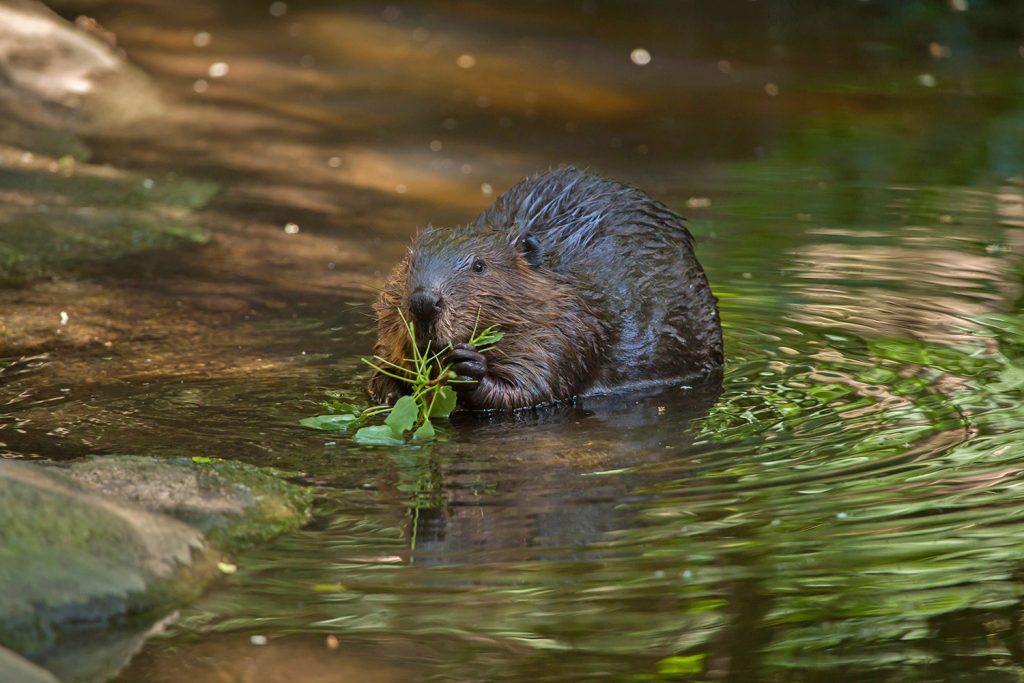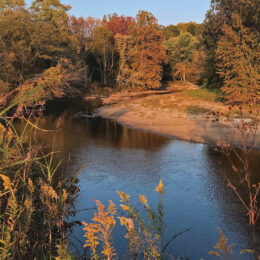
By Jack Spaulding
The United States’ national bird is the bald eagle; our national mammal is the American bison. It’s time for us to give the beaver its due and declare the waterway engineer as our official national rodent.
Some may disagree, saying we already have the groundhog. Granted, the pasture poodle even has its own day, Feb. 2, delegated as Groundhog Day. But the notion our meteorological misfit forecasts the weather is bogus: There are always six more weeks of winter! While our bald eagle is inspirational and the bison represents strength, neither had the impact that the American beaver did in forming and developing our nation.
Early in the history of our country, the beaver was highly sought after for its luxurious pelt. Millions of hides were exported to England and Europe. The pelts were shaved for their hair, which was used in the manufacturing of felt for the top hat industry. “Beaver” hats were the rage.
Trappers and fur traders set out from the East Coast colonies and Canada to follow the “brown gold” of beaver pelts, which led to the rapid demise of the animal in the Midwest. By 1810 or 1820, the beaver had been hunted and trapped into local extinction. As beaver colonies disappeared, trappers, fur traders and explorers continued traveling west and north. News of their finding fertile valleys, open plains, mineral deposits and vast timber resources attracted the attention of settlers looking for a better life. Wagon trains soon followed.
Reintroductions of beavers in Indiana began in 1935 and continued through the first open trapping season in 1951. The initial reintroduction was done with animals purchased from Michigan and Wisconsin and released on Jasper-Pulaski and Kankakee state game preserves. As the animals reproduced, they were live-trapped and moved to other parts of the state. By 1986, beavers were found in 43 Indiana counties, and they are now found throughout the state.
While some might consider beavers to be pests, they create wetlands by constructing dams and forming ponds that provide habitat for other species including fish, mammals, waterfowl, songbirds, amphibians and insects. The wetlands they engineer also improve water quality and mitigate drought and flooding conditions downstream.
Canada has made the riparian rodent one of its national symbols. In my opinion, it’s time we proclaim it as our national rodent! It even has a great motto: “Busy as a beaver.”
JACK SPAULDING is a syndicated state outdoors writer and a member of RushShelby Energy. Readers can contact the author by writing to this publication, or by email to jackspaulding@hughes.net. Spaulding’s books, “The Best Of Spaulding Outdoors” and “The Coon Hunter And The Kid,” are available from Amazon.com as paperbacks or Kindle downloads.



